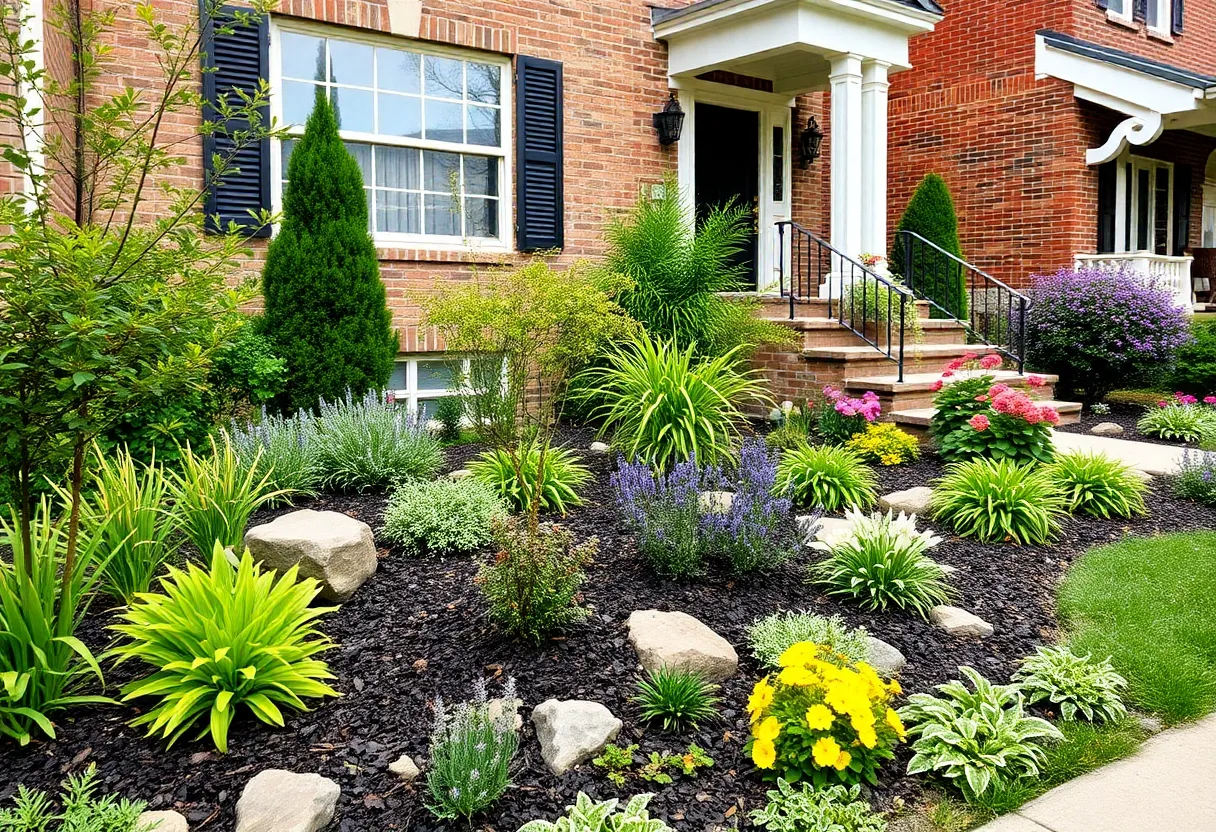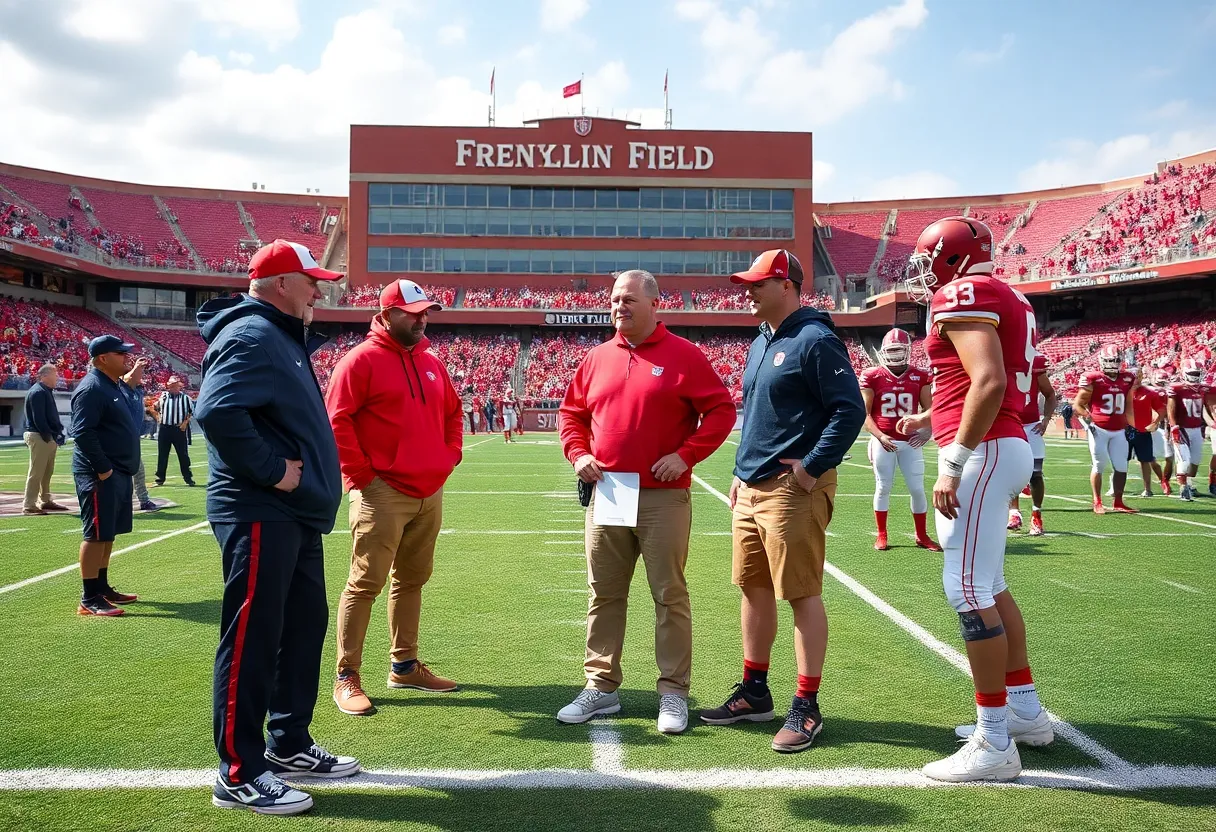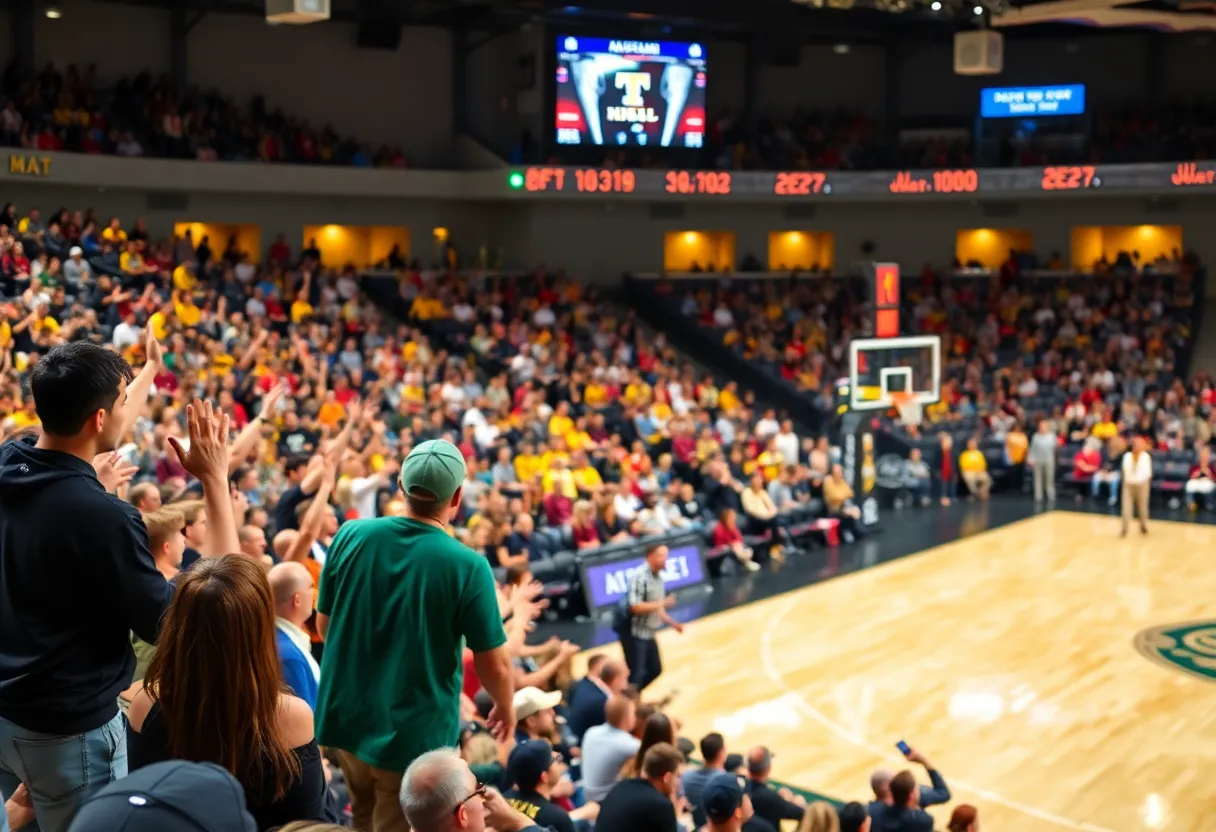Enhancing Your Front Yard in Philadelphia: Creative Landscaping Ideas for a Sustainable and Stylish Outdoor Space
Introduction
Transforming your front yard in Philadelphia extends beyond mere aesthetics; it influences the urban landscape and enhances property value. Thoughtful landscaping reflects personal style while addressing unique climate and environmental challenges. Implementing strategic design and plant choices tailored to Philadelphia’s characteristics can create a welcoming, sustainable, and low-maintenance outdoor environment.
Understanding Philadelphia’s Climate and Urban Landscape
Climate Factors Influencing Landscaping
Philadelphia’s humid subtropical climate presents distinct opportunities and challenges for outdoor design. Summers tend to be hot and humid, necessitating drought-tolerant plant selections. Winters can be cold and damp, demanding resilient species capable of withstanding freezes and snow. An informed choice of plants and materials ensures durability and minimizes maintenance.
Urban Environment Challenges
Limited space within urban settings requires maximized planning. Soil quality may be compromised by construction and pollution, and there is often a premium on low-maintenance features to accommodate busy lifestyles. Incorporating sustainable practices and smart hardscaping ensures your front yard remains functional and visually appealing without high upkeep costs.
1. Utilizing Native Plants for a Resilient Landscape
Why Choose Native Plants?
Native plants are adapted to the local climate, requiring less water, fertilizer, and pest control. They contribute to local ecosystems by attracting native pollinators and birds. Such plants are more resilient, ensuring your landscape remains vibrant year-round with minimal intervention.
Recommended Native Species for Philadelphia
- Amsonia hubrichtii: Offers delicate, feathery foliage with stunning golden hues in the fall.
- Asclepias tuberosa: Bright orange flowers attract butterflies and pollinators, supporting local biodiversity.
- Panicum ‘Northwind’: An upright ornamental grass adding texture and movement.
- Phlox subulata: Evergreen groundcover that maintains color and suppresses weeds.
Integrating these plants into your front yard promotes sustainability and reduces maintenance efforts.
2. Embracing Simplicity Through Design
Minimalist Landscaping Strategies
Adopting a simplified design with cohesive plant groupings streamlines maintenance and emphasizes clean lines. Creating large drifts of individual species minimizes weeding and watering needs, and fosters visual harmony. This approach prevents overcrowding and creates a tranquil, organized appearance.
Repetition and Symmetry
Repeating plants throughout the yard enhances coherence. Symmetry around focal points or pathways guides the eye and creates balanced aesthetics, crucial in compact or narrow urban front yards.
3. Defining Spaces with Edges and Borders
Structural Clarity with Edging
Sharp, neat edges using mulch, stone, or bricks frame planting beds. These borders create distinct zones, improve curb appeal, and facilitate maintenance. Maintaining clear boundaries reduces encroachment into walkways or lawn areas.
Pathways and Borders
Natural stone pathways or permeable pavers delineate access routes and seating areas, contributing to a holistic design. These materials elevate visual interest and support environmentally responsible drainage.
4. Hardscaping Elements to Enhance Functionality and Aesthetics
Low Walls and Fences
In urban settings, fences and walls define property boundaries, provide privacy, and create a sense of enclosure. Select durable, aesthetically compatible materials like wrought iron, stone, or composite fencing that withstand Philadelphia’s weather.
Walkways and Patios
Permeable options such as gravel, permeable concrete, or interlocking pavers facilitate stormwater infiltration, aligning with sustainable urban practices. Strategic placement of patios or seating areas encourages outdoor relaxation and socialization.
Retaining Walls and Elevation Management
Where terrain varies, retaining walls address erosion and add planting opportunities. Incorporate native grasses or succulents along walls for added texture and visual interest.
5. Promoting Sustainability through Smart Practices
Rain Gardens and Stormwater Management
Rain gardens capture runoff, filtering pollutants while reducing urban flooding. Use native, water-loving plants like swamp milkweed or swamp sunflower to enhance effectiveness.
Composting and Soil Enrichment
Recycle organic waste through composting bins, enriching soil naturally. Improved soil quality reduces water needs and fosters healthier plants.
Mulch and Water Conservation
Applying shredded leaves, bark, or straw mulch conserves moisture, suppresses weeds, and preserves soil temperature. Efficient irrigation systems like drip irrigation ensure water efficiency.
6. Creating Seasonal Interest
Spring Refreshment
Plant bulbs such as tulips and daffodils for immediate color post-winter, establishing vibrancy early in the season.
Summer Blooms
Design for continuous pollinator attraction with coneflowers, black-eyed Susans, and native grasses. These attract bees and butterflies, supporting local ecosystems.
Autumn Colors
Add asters, ornamental grasses, and woody shrubs to provide texture and color as temperatures drop.
Winter Elements
Evergreens and berry-producing plants like holly or winterberry provide structure and color against bleak winter backgrounds.
7. Maintenance Strategies for Urban Landscaping
Low-Maintenance Plant Selection
Prioritize drought-tolerant, pest-resistant, and native species for minimal intervention. Native grasses and perennials require less watering and fertilization.
Efficient Watering Systems
Install drip irrigation or automated sprinklers with rain sensors to optimize water use and reduce waste.
Consistent Mulching and Weeding
Regular mulch replenishment and timely weeds removal keep landscapes tidy, healthy, and manageable.
8. Navigating Local Regulations and Requirements
Compliance with Zoning and Landscaping Codes
Philadelphia’s zoning codes may specify setback distances, fencing height, and material restrictions. Projects involving significant alterations require a landscape plan review.
Buffer Zones and Planting Requirements
Buffer zones along streets or between properties may require specific plantings or screening elements. These mitigate noise, pollution, and dump urban exposure.
Material Restrictions and Permits
Materials such as concrete blocks or certain fencing types may be restricted. It is advisable to consult local authorities to ensure compliance before commencing work.
9. Leveraging Professional Expertise
Engaging a local landscape designer ensures the integration of sustainability, aesthetics, and compliance. Professionals provide tailored plant recommendations, advanced hardscaping options, and project management assistance, leading to a cohesive and enduring landscape.
10. Personalization and Creative Elements
Adding personalized touches enhances your home’s curb appeal:
- Art Installations: Sculptures or decorative stones
- Lighting: LED pathway lights or uplighting for trees
- Seating Areas: Benches or small patios for outdoor relaxation
Integrating these elements reflects your personal taste and creates a welcoming environment for visitors and neighbors alike.
Conclusion
Enhancing your front yard in Philadelphia involves strategic consideration of climate, urban conditions, and sustainability. Incorporating native plants, functional hardscaping, and low-maintenance practices creates an appealing and eco-friendly outdoor space. Adherence to local regulations and professional guidance further ensures your landscape is both compliant and enduring. Ultimately, a thoughtfully designed front yard not only elevates curb appeal but also positively contributes to the city’s vibrant urban landscape.
Frequently Asked Questions (FAQ)
What are the best native plants for Philadelphia’s front yard?
Recommended native plants include Amsonia hubrichtii, Asclepias tuberosa, Panicum ‘Northwind’, and Phlox subulata. These species are resilient, require minimal maintenance, and support local wildlife.
How can I incorporate sustainability into my front yard?
Utilize rain gardens to manage stormwater, apply organic mulch, and compost yard waste. Implement native plantings that require less water and fertilizers, and install efficient irrigation systems to conserve resources.
Are there specific regulations I need to consider when landscaping in Philadelphia?
Yes. You should adhere to Philadelphia’s zoning codes, which may specify setback distances, fencing height, and permitted materials. Projects involving significant site modifications may require a formal plan review and permits.
Can I landscape my front yard myself, or should I hire a professional?
While DIY landscaping is feasible for simple projects, engaging a local landscape designer ensures expert plant selection, design integration, adherence to regulations, and a cohesive result that optimizes your front yard’s potential.
Key Features of Philadelphia Front Yard Landscaping
| Feature | Description | Benefits |
|---|---|---|
| Native Planting | Uses species adapted to Philadelphia’s climate for resilience and low maintenance. | Reduced water, fertilizer, and pest controls, supporting local ecology. |
| Sustainable Hardscaping | Incorporates permeable surfaces and natural materials for durable, eco-friendly features. | Improves stormwater management and enhances aesthetic appeal. |
| Seasonal Interest | Plans for visual diversity across all four seasons to maintain curb appeal year-round. | Increases enjoyment and aesthetic value throughout the year. |
| Regulatory Compliance | Aligns landscape design with local zoning and building codes. | Reduces risk of violations and ensures legal compliance. |
| Personalization Elements | Features like lighting, art, and seating tailored to homeowner preferences. | Creates a unique, inviting outdoor space that reflects personal style. |
Author: STAFF HERE PHILADELPHIA WRITER
The PHILADELPHIA STAFF WRITER represents the experienced team at HEREPhiladelphia.com, your go-to source for actionable local news and information in Philadelphia, Philadelphia County, and beyond. Specializing in "news you can use," we cover essential topics like product reviews for personal and business needs, local business directories, politics, real estate trends, neighborhood insights, and state news affecting the area—with deep expertise drawn from years of dedicated reporting and strong community input, including local press releases and business updates. We deliver top reporting on high-value events such as Mummers Parade, Philadelphia Flower Show, and Thanksgiving Day Parade. Our coverage extends to key organizations like the Greater Philadelphia Chamber of Commerce and United Way of Greater Philadelphia, plus leading businesses in telecommunications, food services, and healthcare that power the local economy such as Comcast, Aramark, and Children's Hospital of Philadelphia. As part of the broader HERE network, we provide comprehensive, credible insights into Pennsylvania's dynamic landscape.





